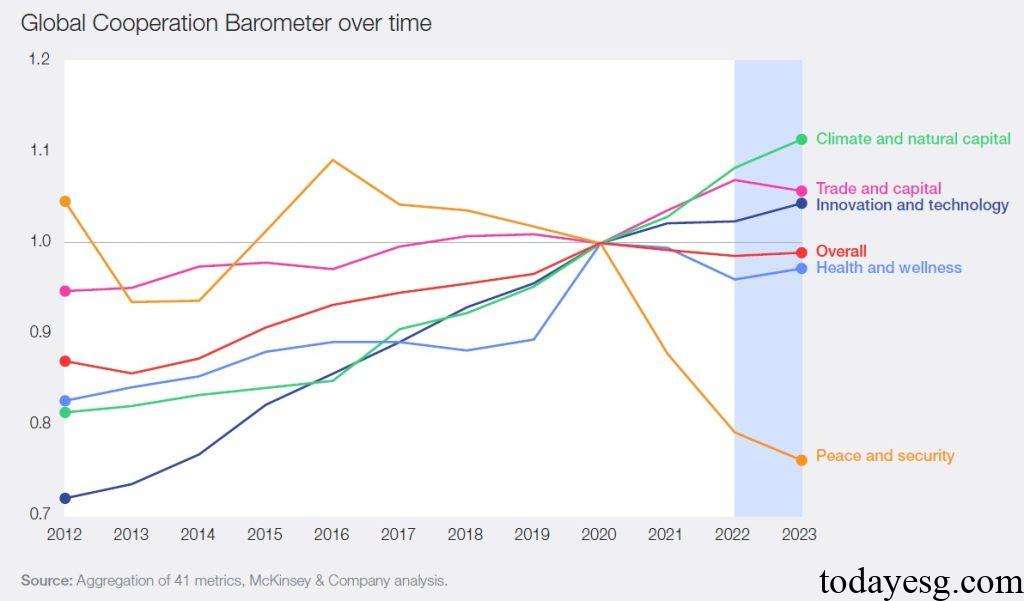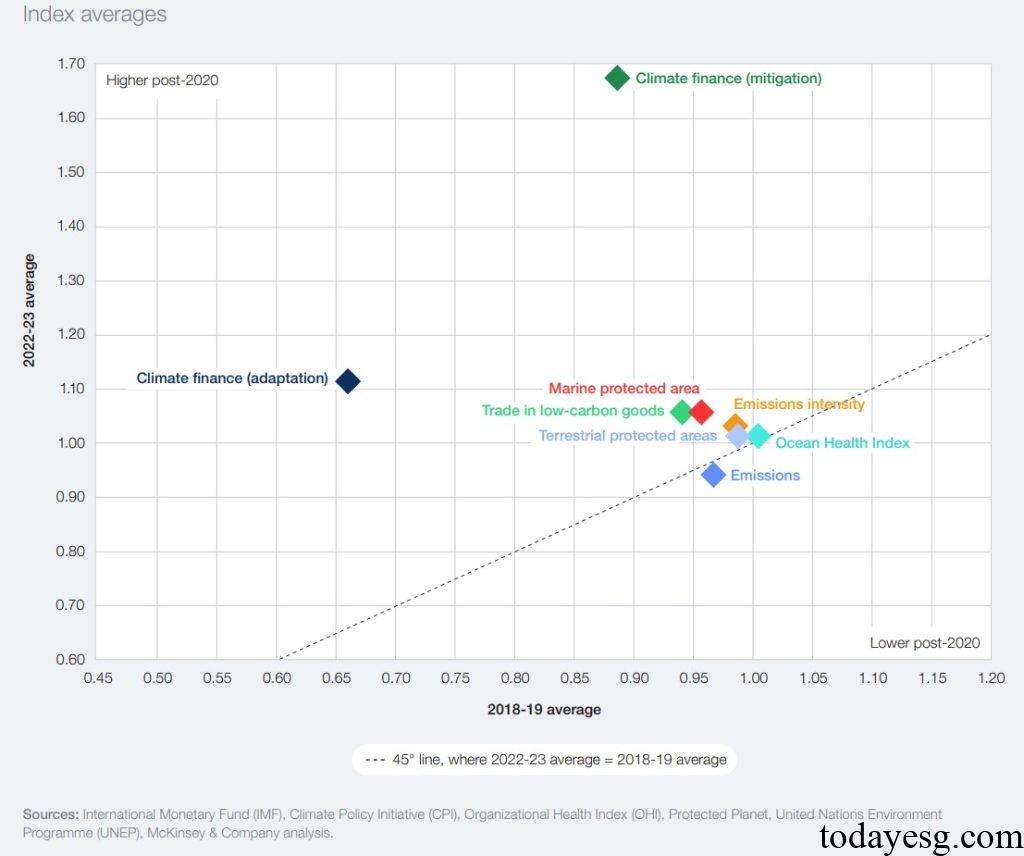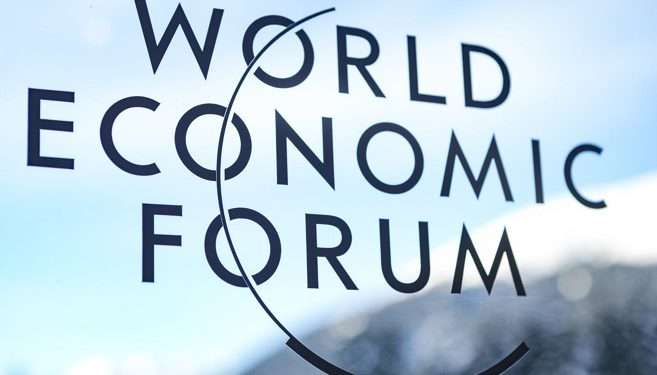Global Climate and Nature Cooperation Report
The World Economic Forum (WEF) releases a report on global climate and nature cooperation, aimed at analyzing the current state of cooperation among countries in climate and nature.
This report belongs to the second edition of the Global Cooperation Barometer 2025 released by the World Economic Forum, which analyzes the current cooperation situation of countries from five perspectives, with climate and nature being the third dimension.
Related Post: ECB Releases Climate and Nature Plan 2024-2025
Introduction to Global Climate and Nature Cooperation
In 2023, there are some improvement in global climate and nature cooperation, but due to the continuous increase in total carbon emissions, the world needs to accelerate cooperation in order to achieve existing climate and nature goals. According to data from the World Economic Forum, the annual growth rate of global climate cooperation in 2012 was 0.80%, and by 2022, this value exceeded 1.10%. In terms of climate financing, the total global climate financing by 2023 needs to be expanded five to ten times in order to achieve net zero emissions goal by 2030.

The growth of global climate financing has promoted technology deployment and trade, with a 12% growth rate in the trade scale of low-carbon technology products in 2023, making it the only trade product category to achieve positive growth. The application of low-carbon technologies has led to a decrease in GDP emission intensity, and this trend is expected to continue in 2024. In the first half of 2024, the global deployment of electric vehicles increased by 25%, and the deployment of renewable energy increased by 36%.
Although progress has been made in the cooperation between climate and nature, absolute greenhouse gas emissions continue to increase in 2023 and may reach a historic high in 2024. Only 10% of low-carbon technologies needed to achieve climate goals have been applied, and in the future, the world needs to make more progress in trade and obtain additional funding in expanding carbon trading mechanisms and investing in green technologies.
In terms of various classification projects related to climate and nature cooperation, climate financing has achieved good development compared to previous years, while carbon emissions have slowed down compared to previous years. Low carbon commodity trade and marine protected areas have developed, but there is no significant difference in marine health index, terrestrial protected areas, and carbon emission intensity compared to previous years. These data indicate that the world needs to pay more attention to changes in actual carbon emissions.
Climate and nature cooperation focuses on how to address climate and nature challenges, such as reducing carbon emissions, protecting natural capital, enhancing climate change adaptation capacity, and preparing for the impacts of climate change. Comparing the development trends of climate and nature cooperation with other dimensions, it can be seen that when 2020 is used as the dividing line, climate and nature cooperation performs the best and also shows the most significant growth from 2022 to 2023. In the context of relatively slower cooperation in other dimensions, it is expected that climate and nature will become essential topics for global cooperation.

Reference:
The Global Cooperation Barometer 2025 – Second Edition
ESG Advertisements Contact:todayesg@gmail.com








